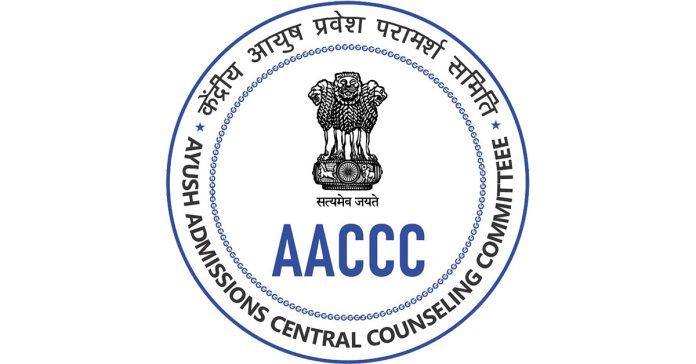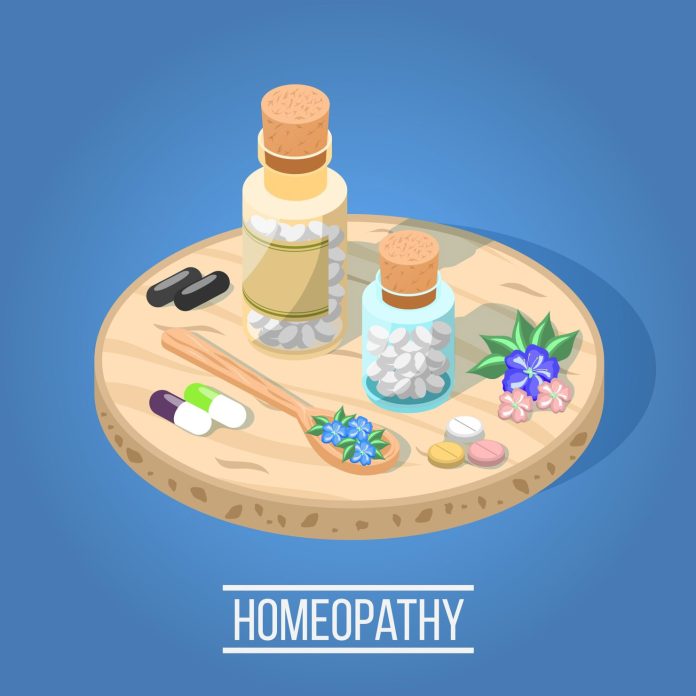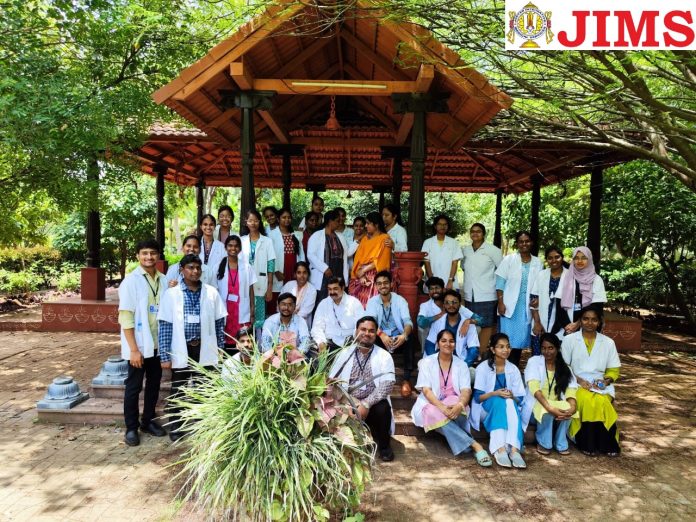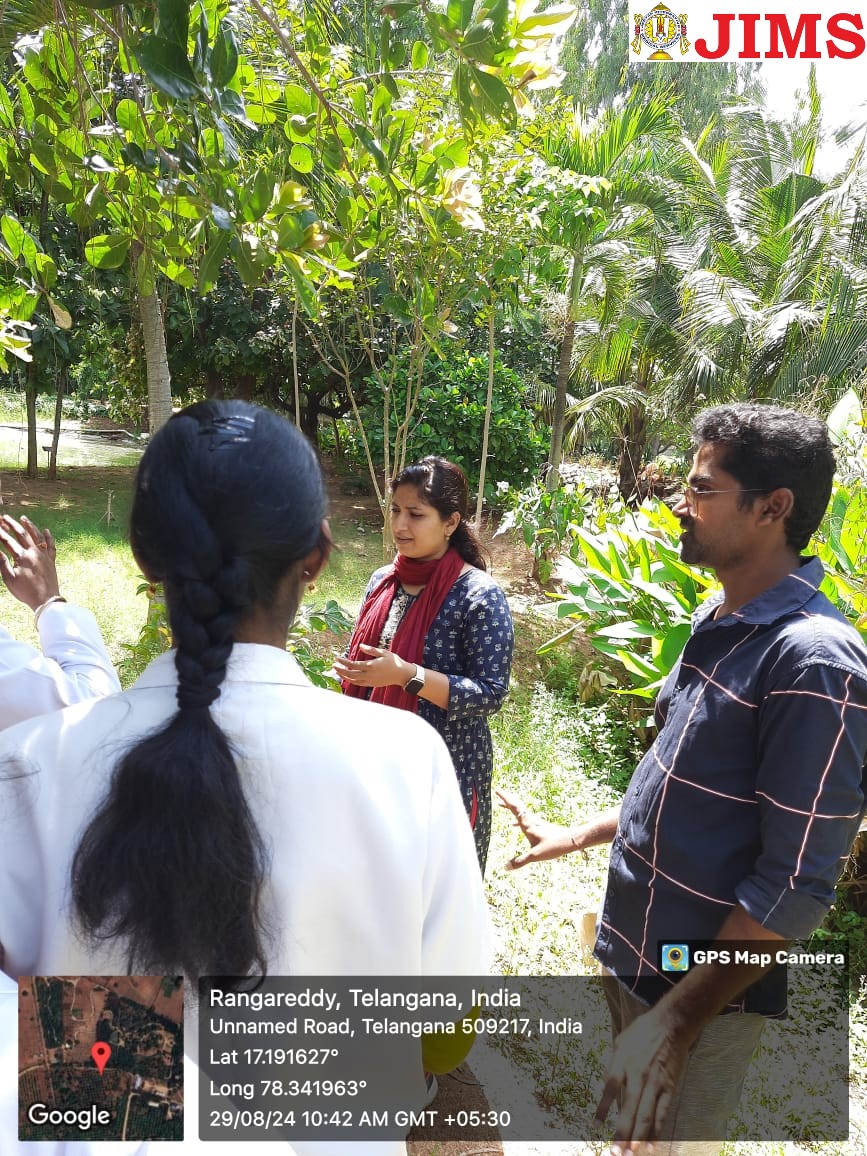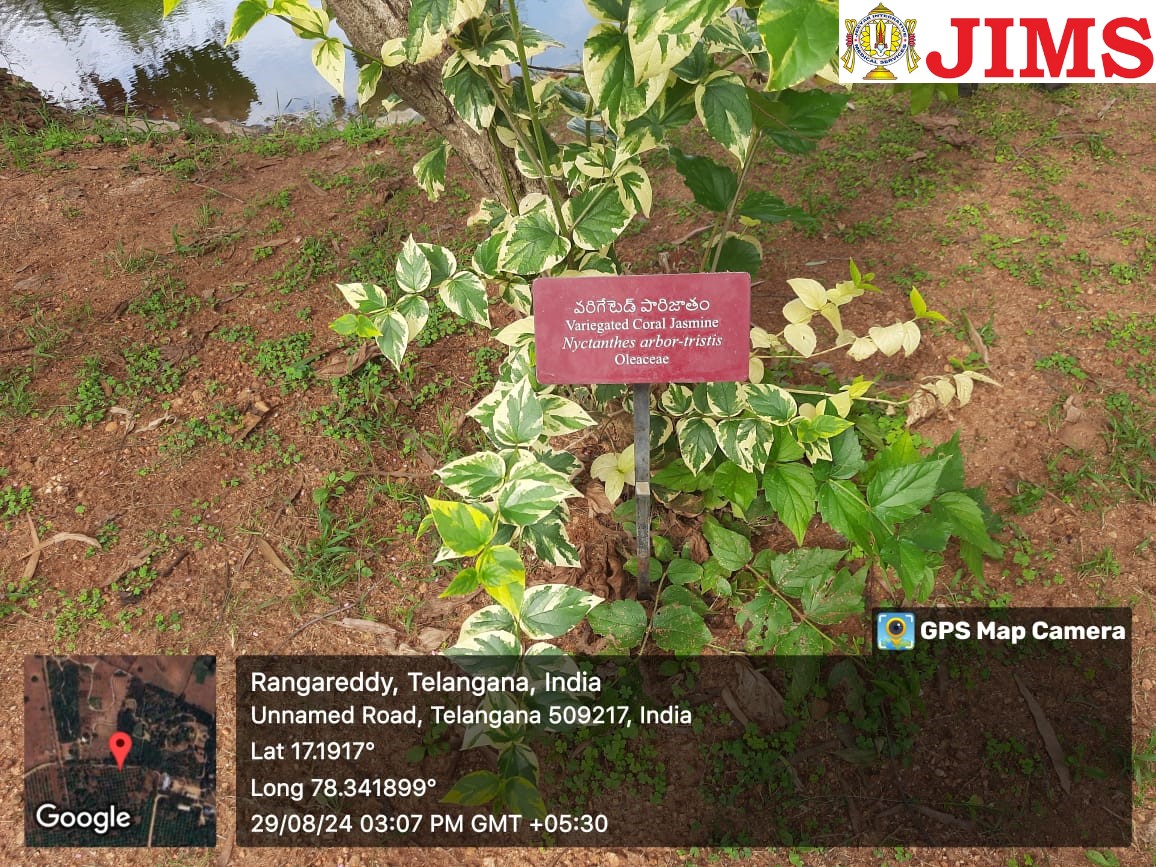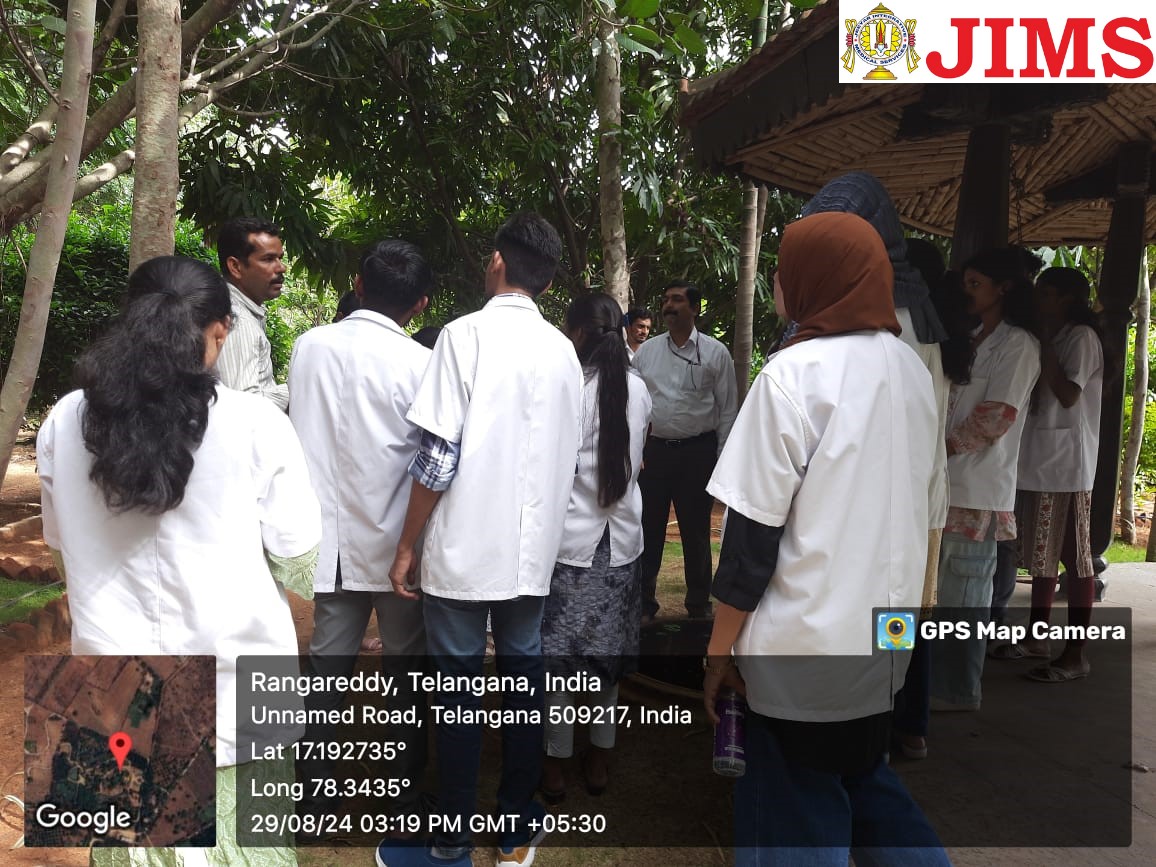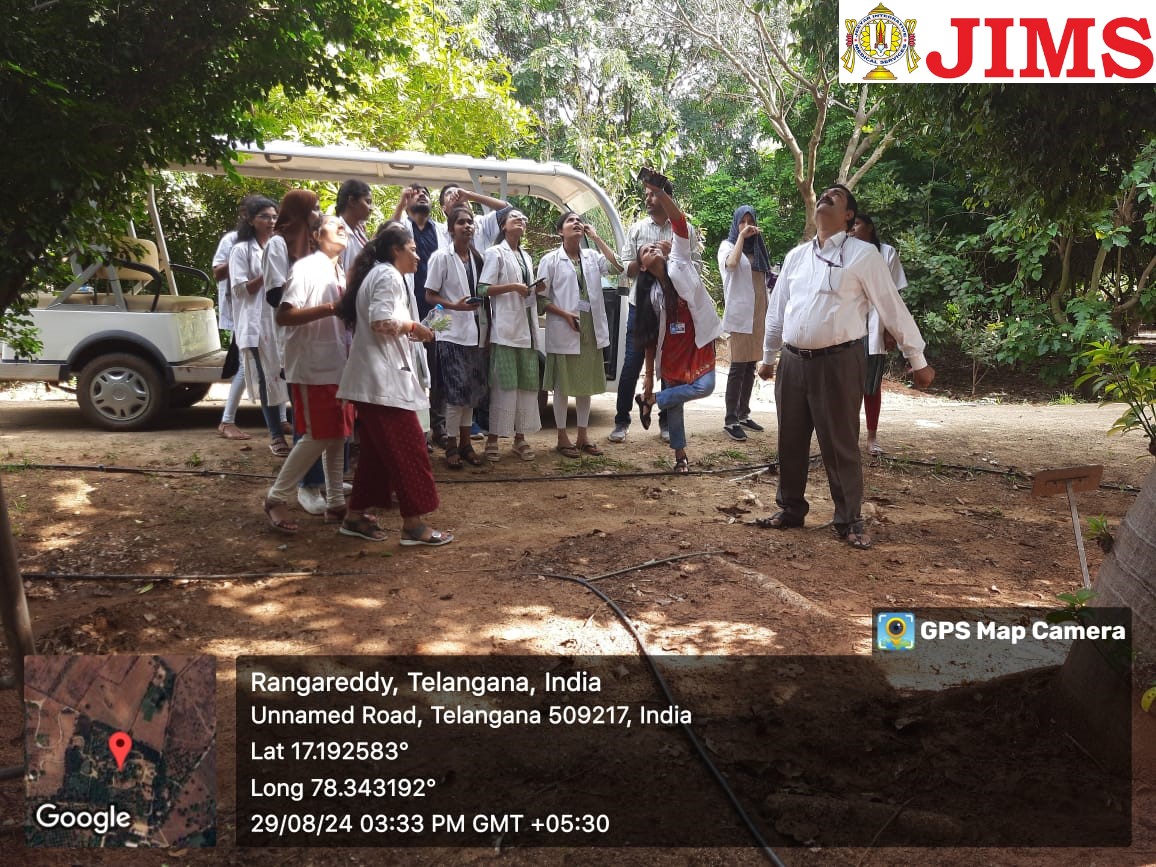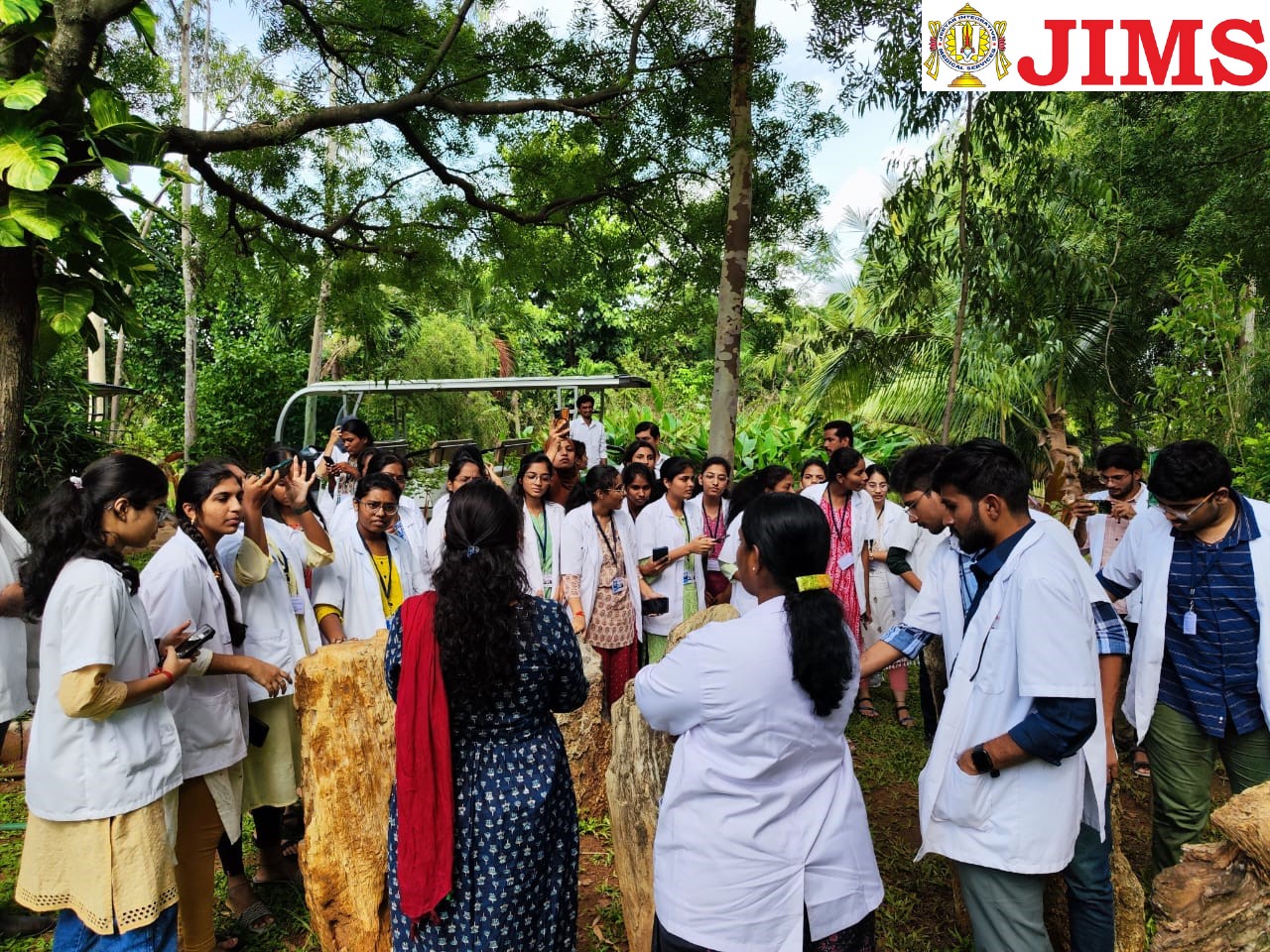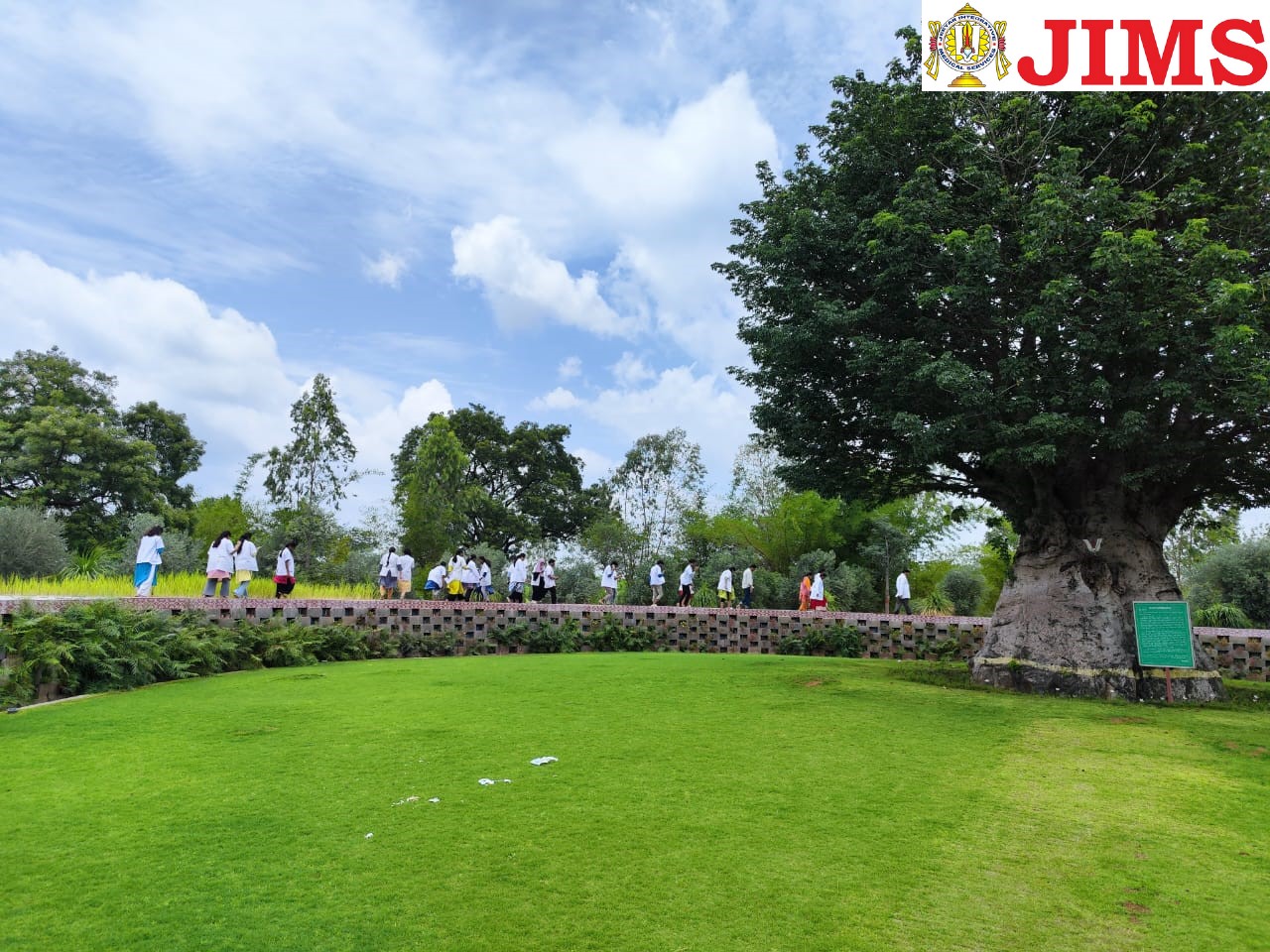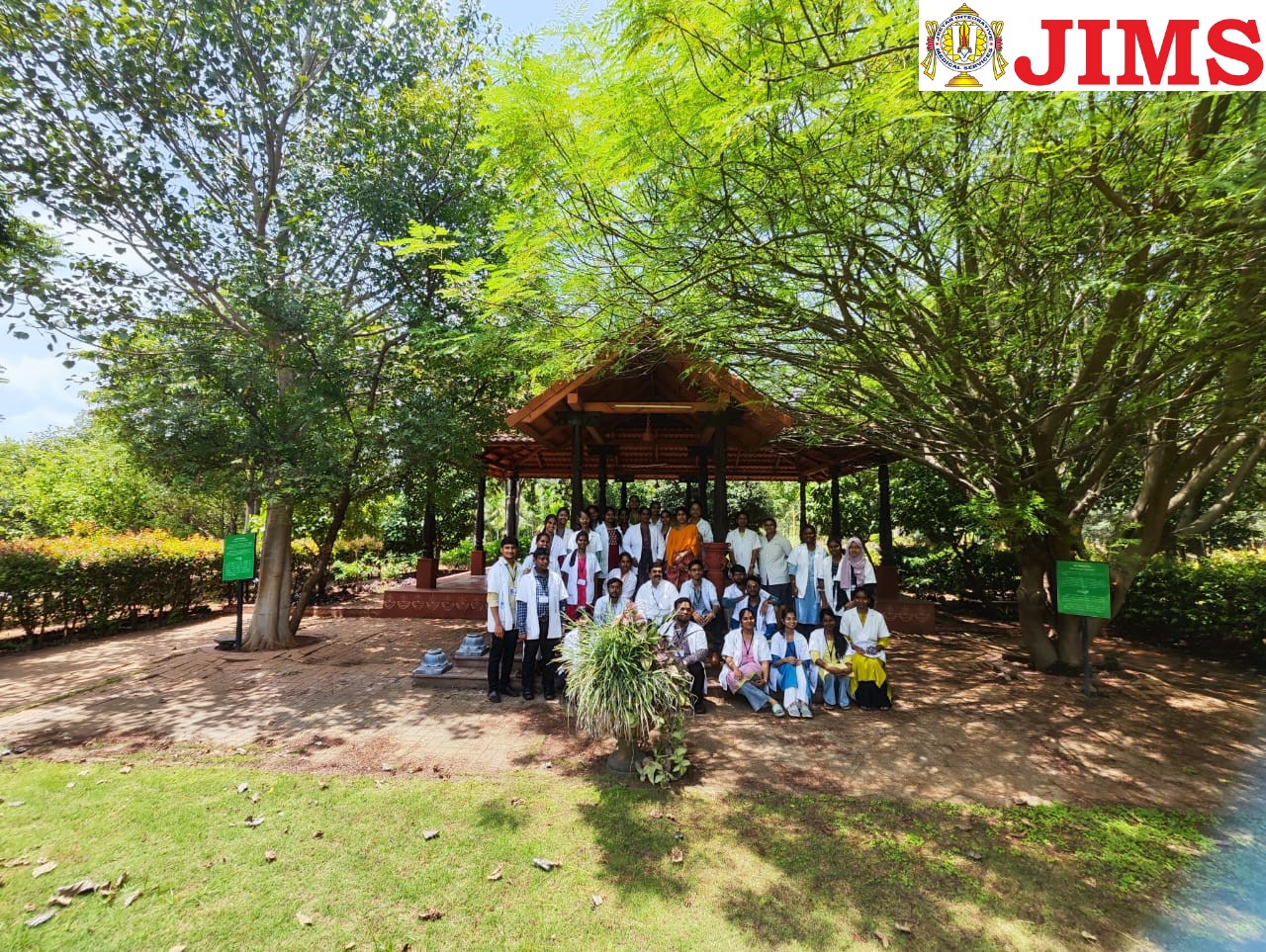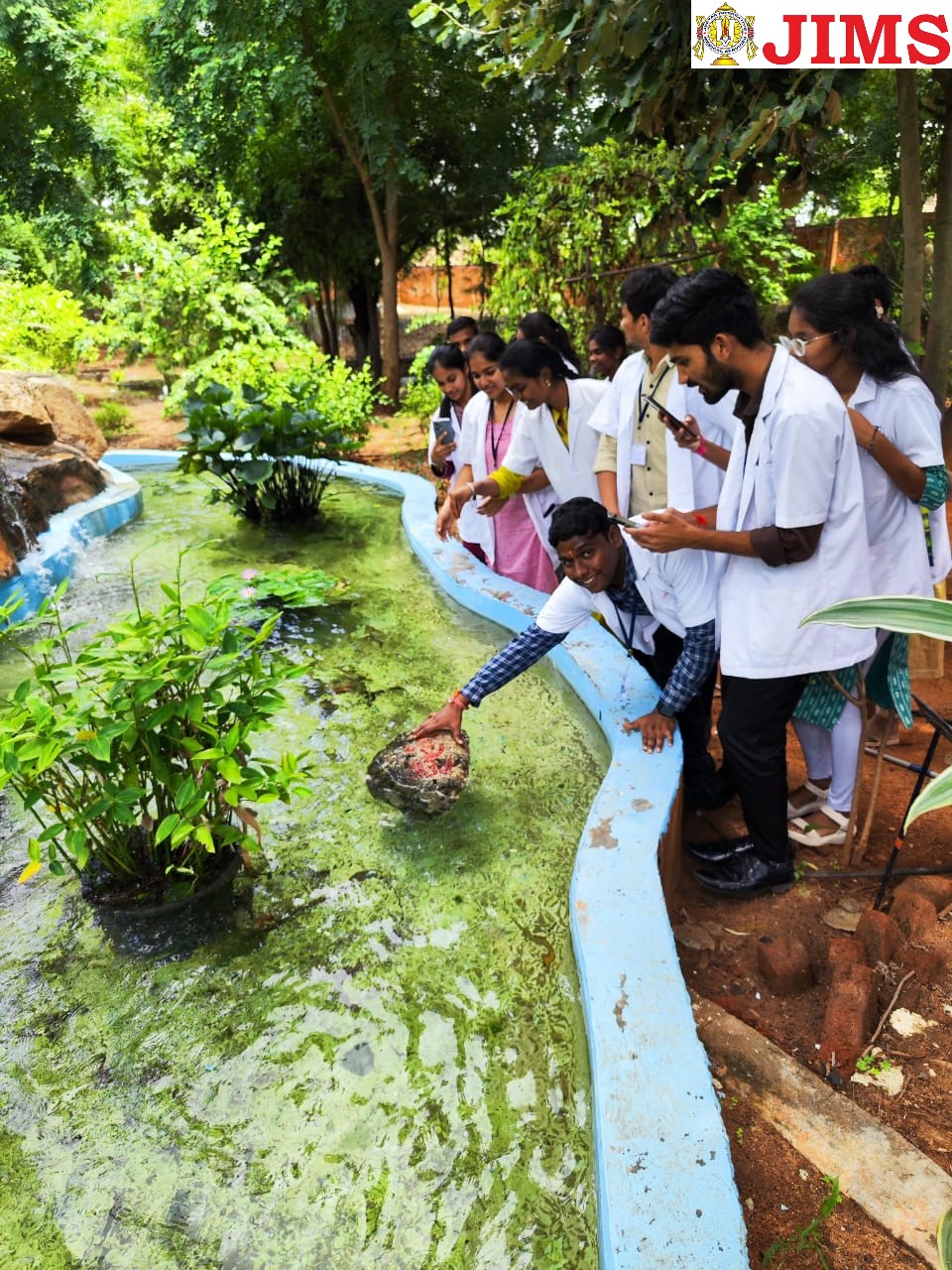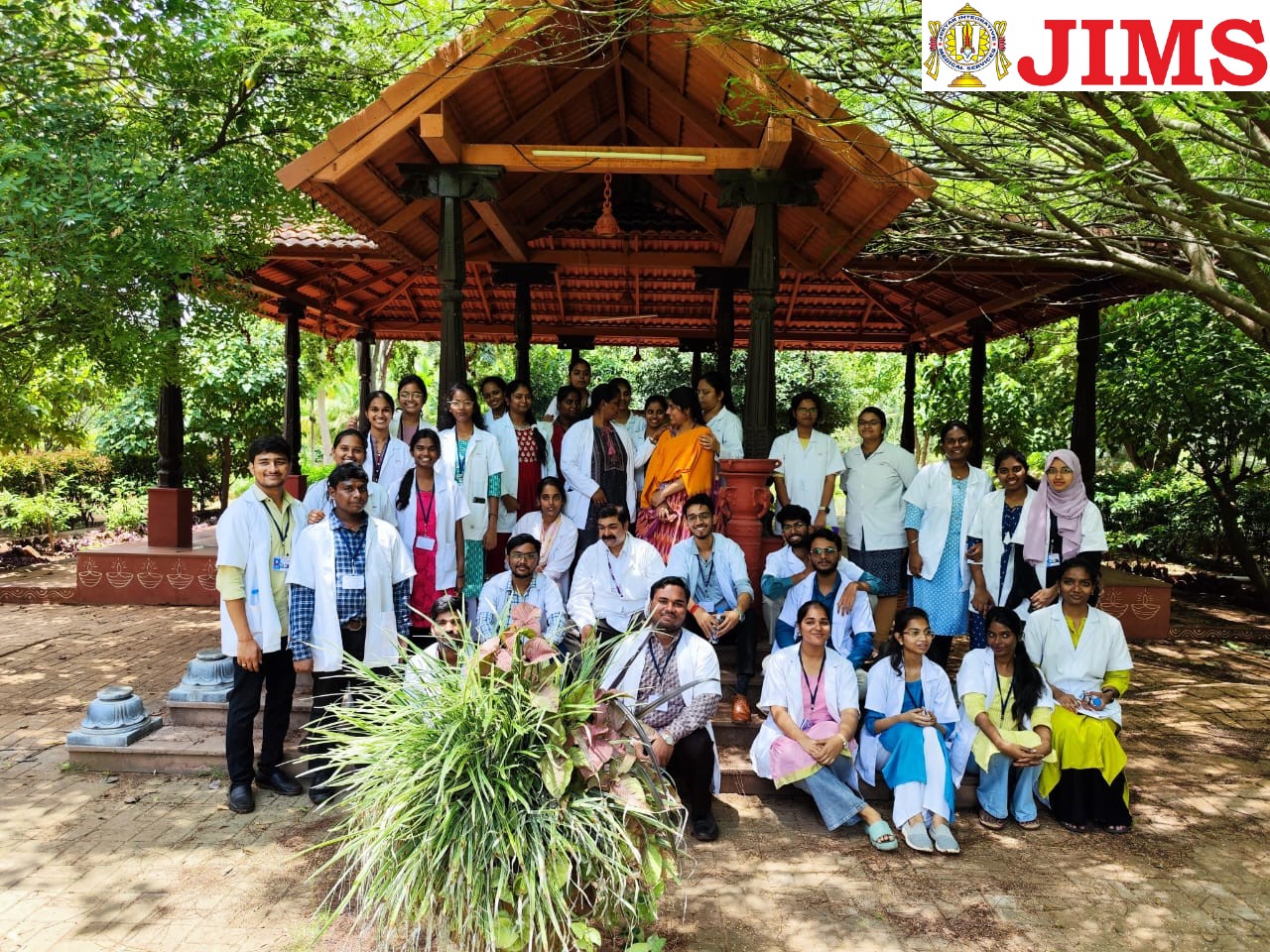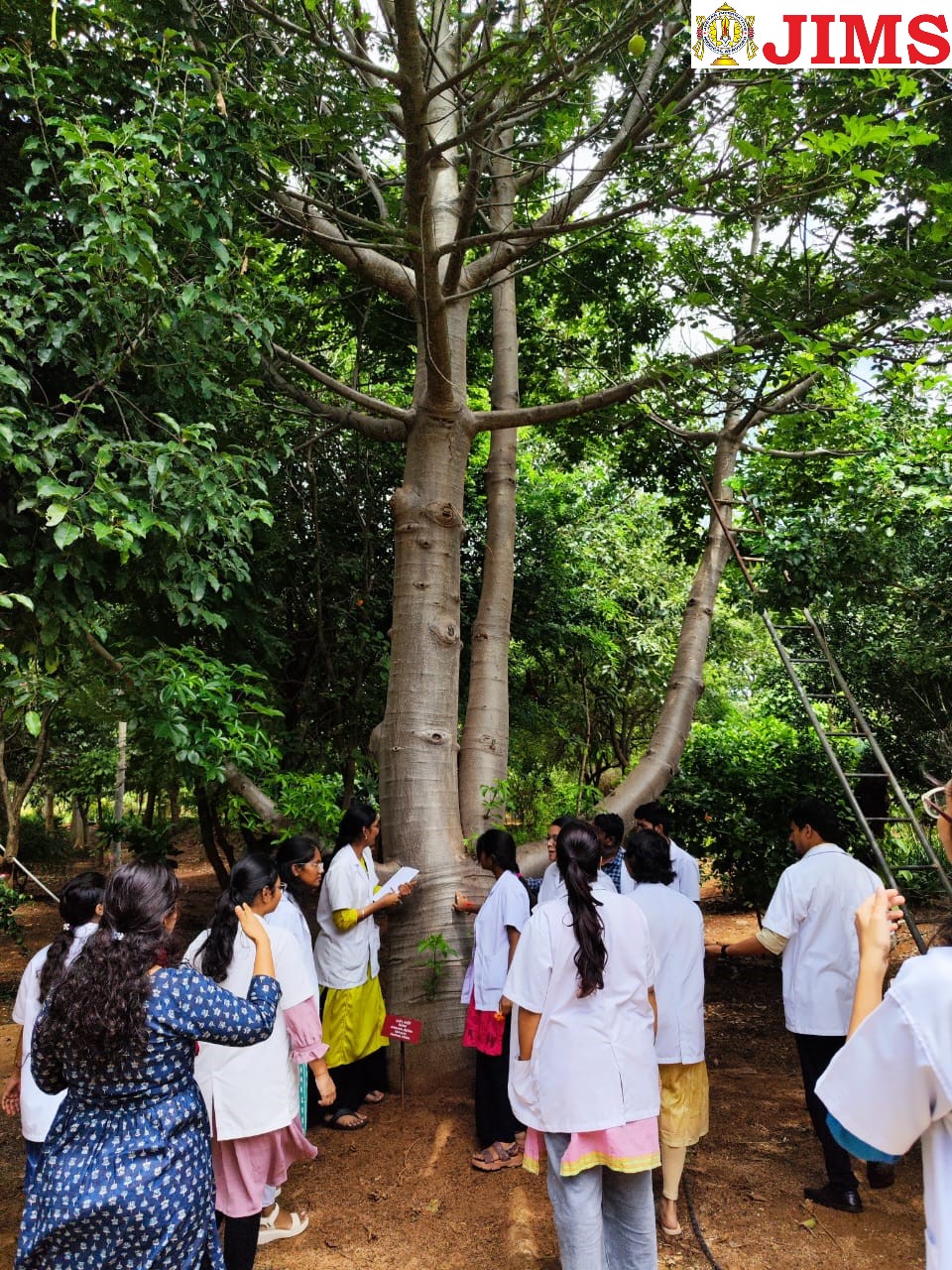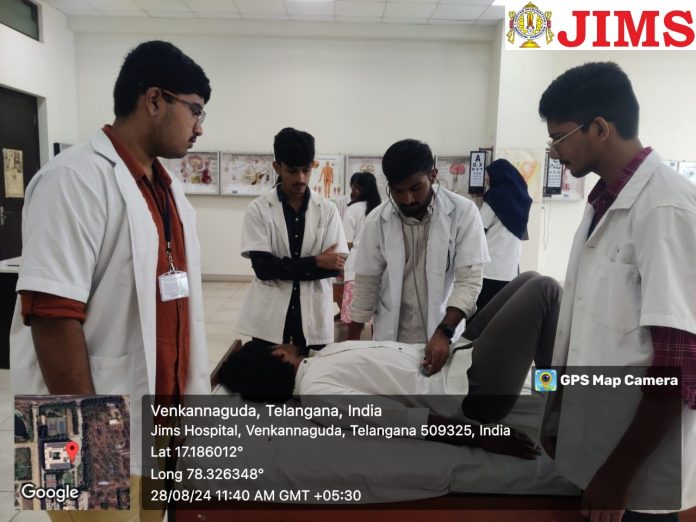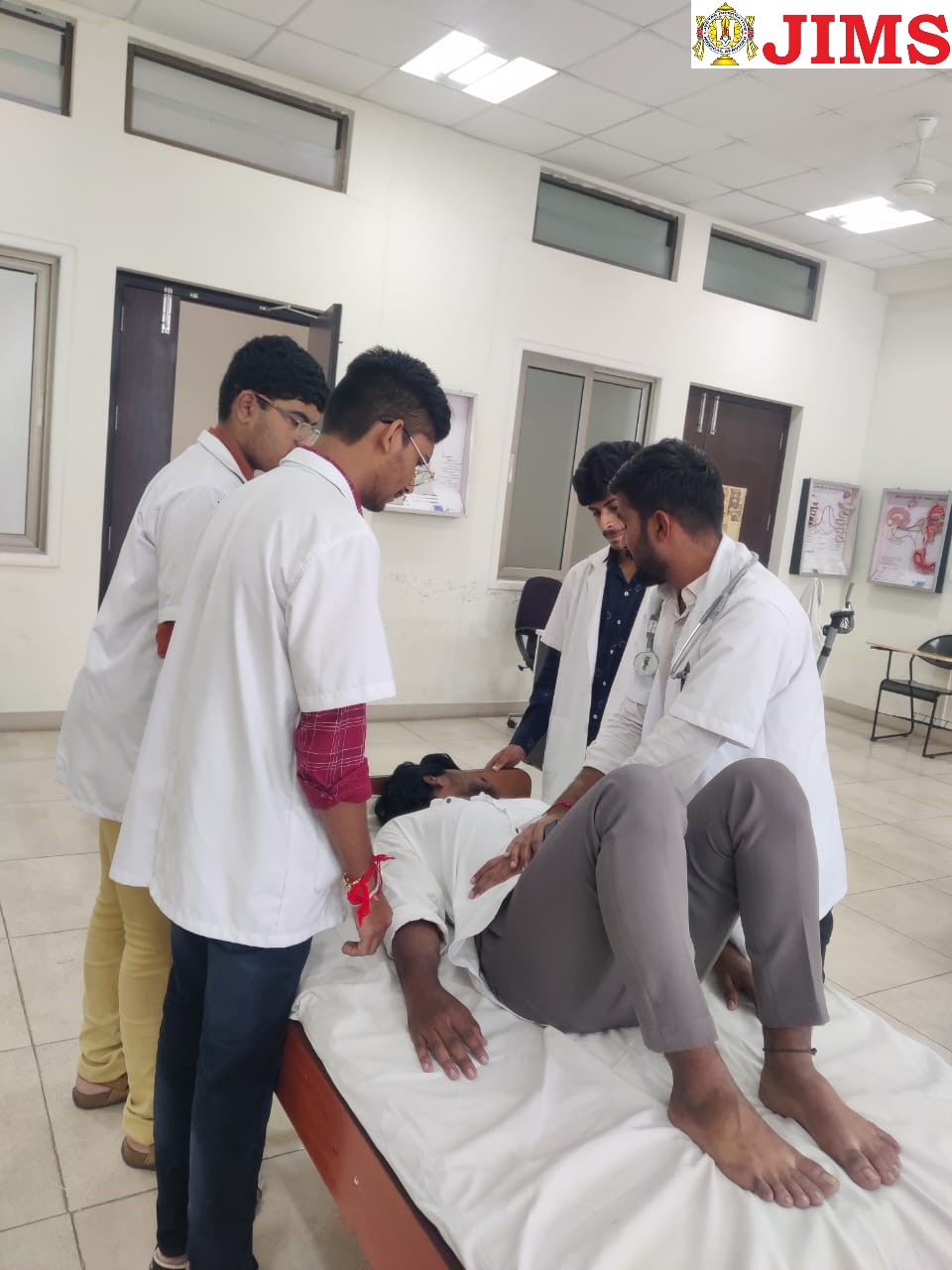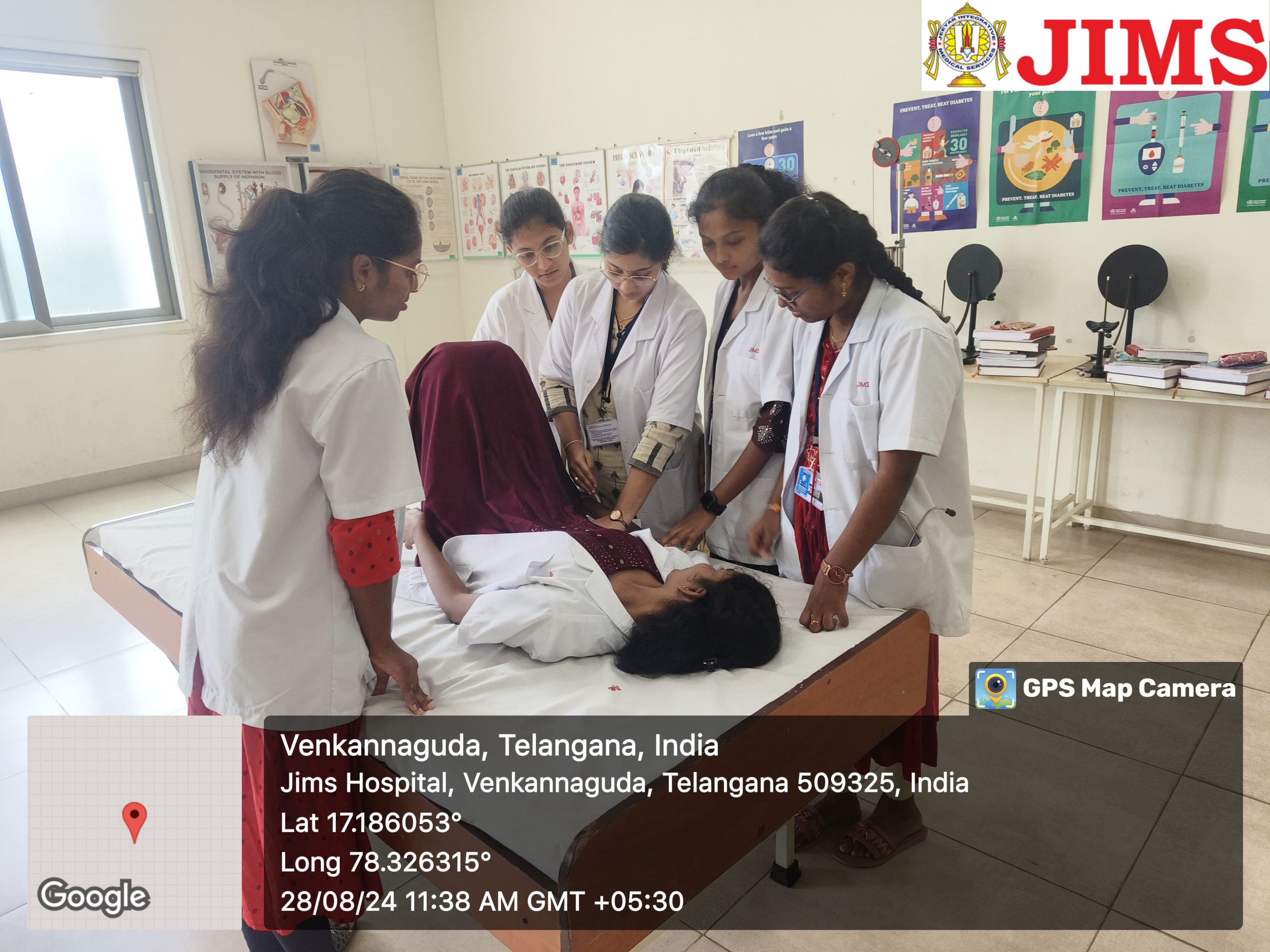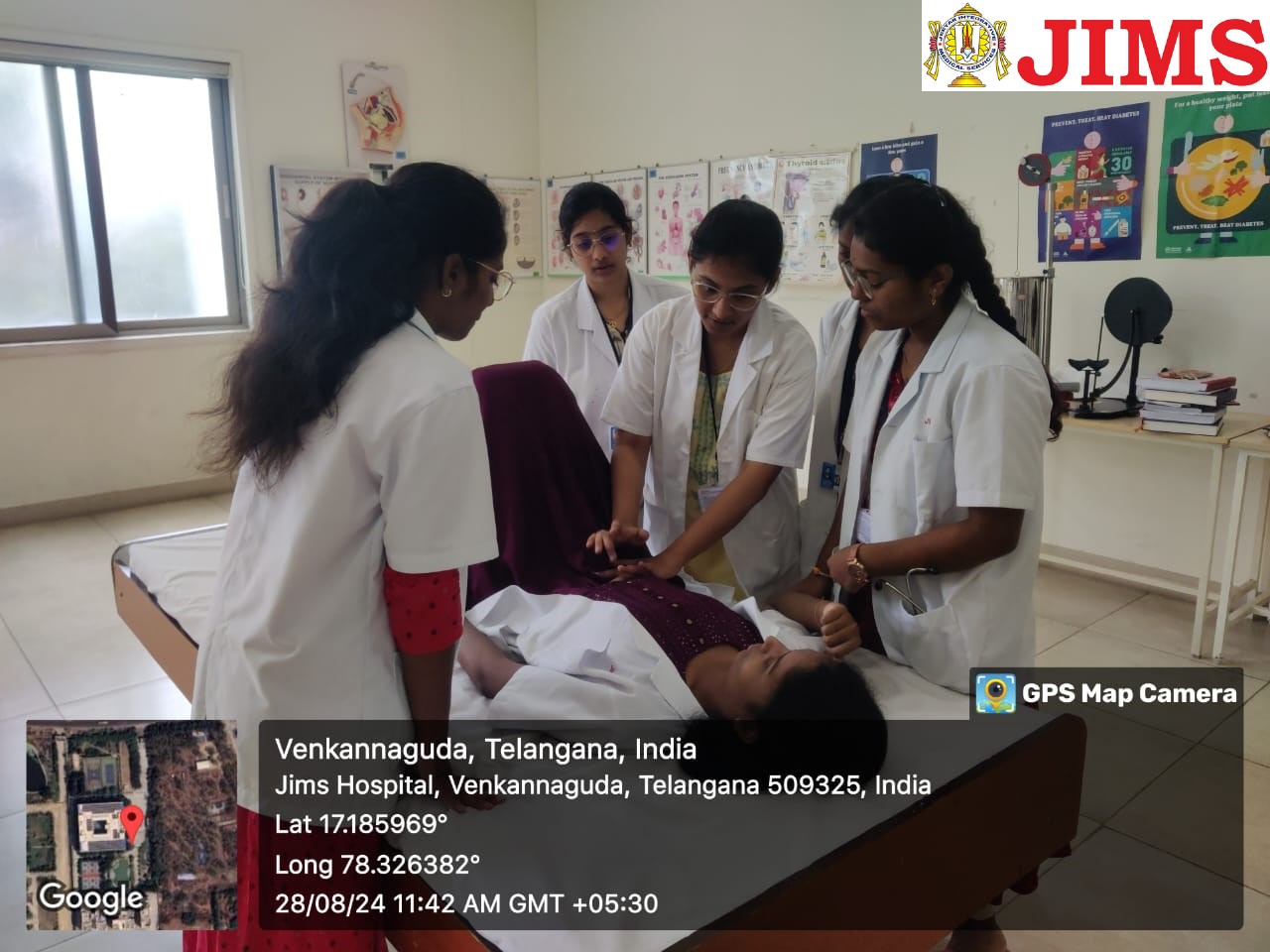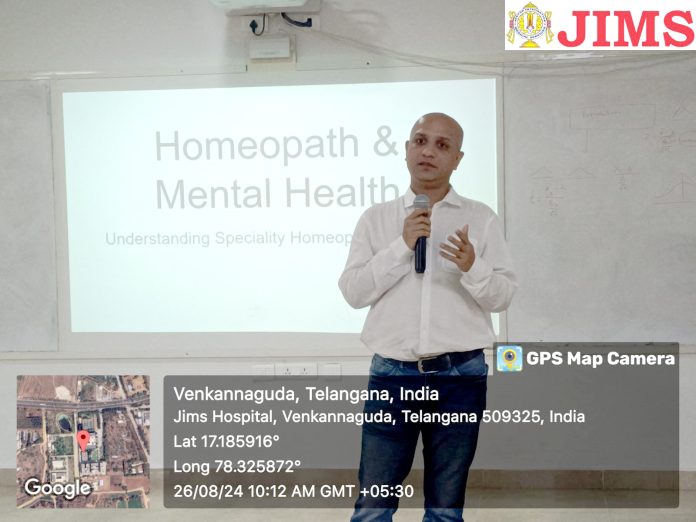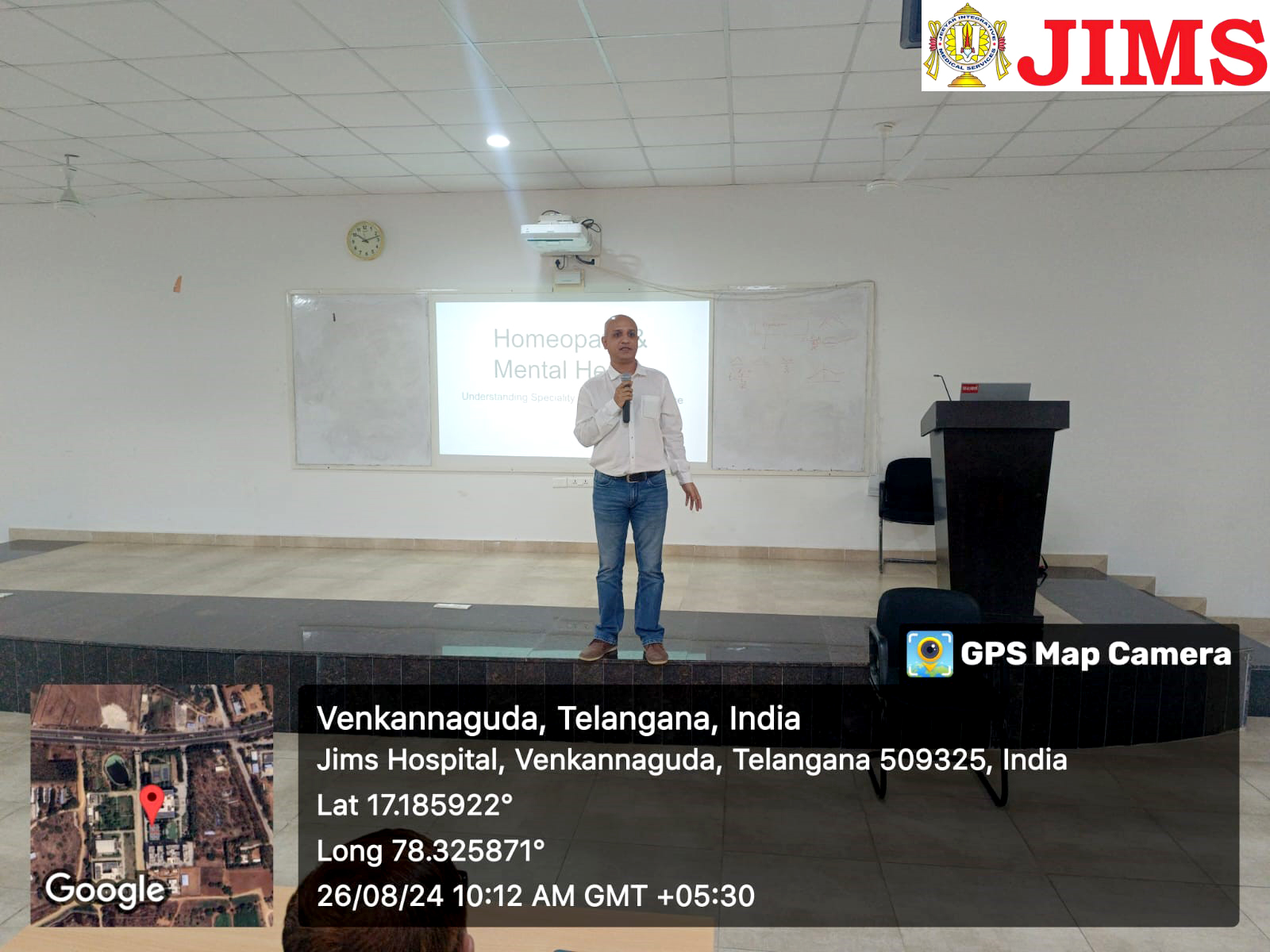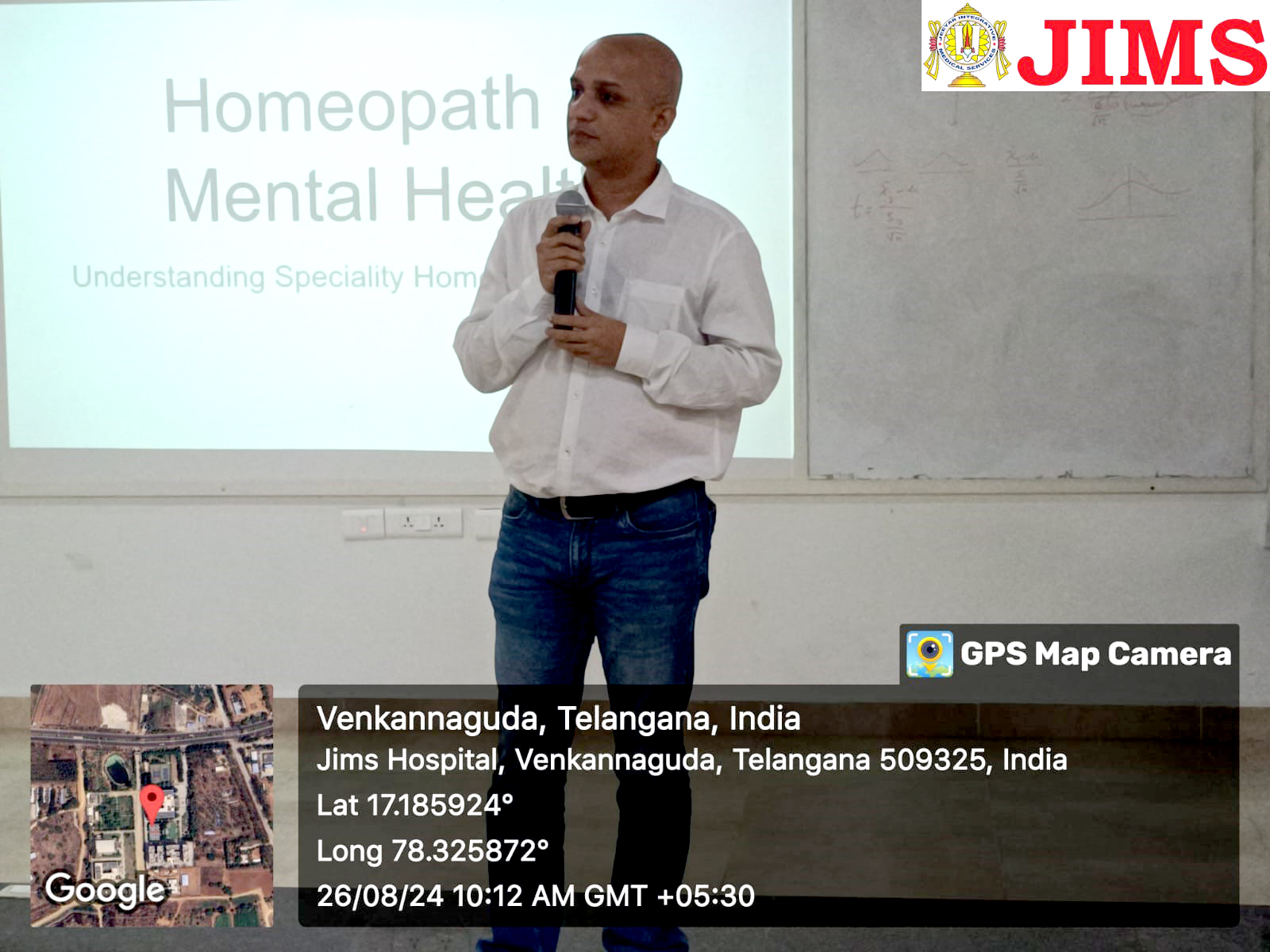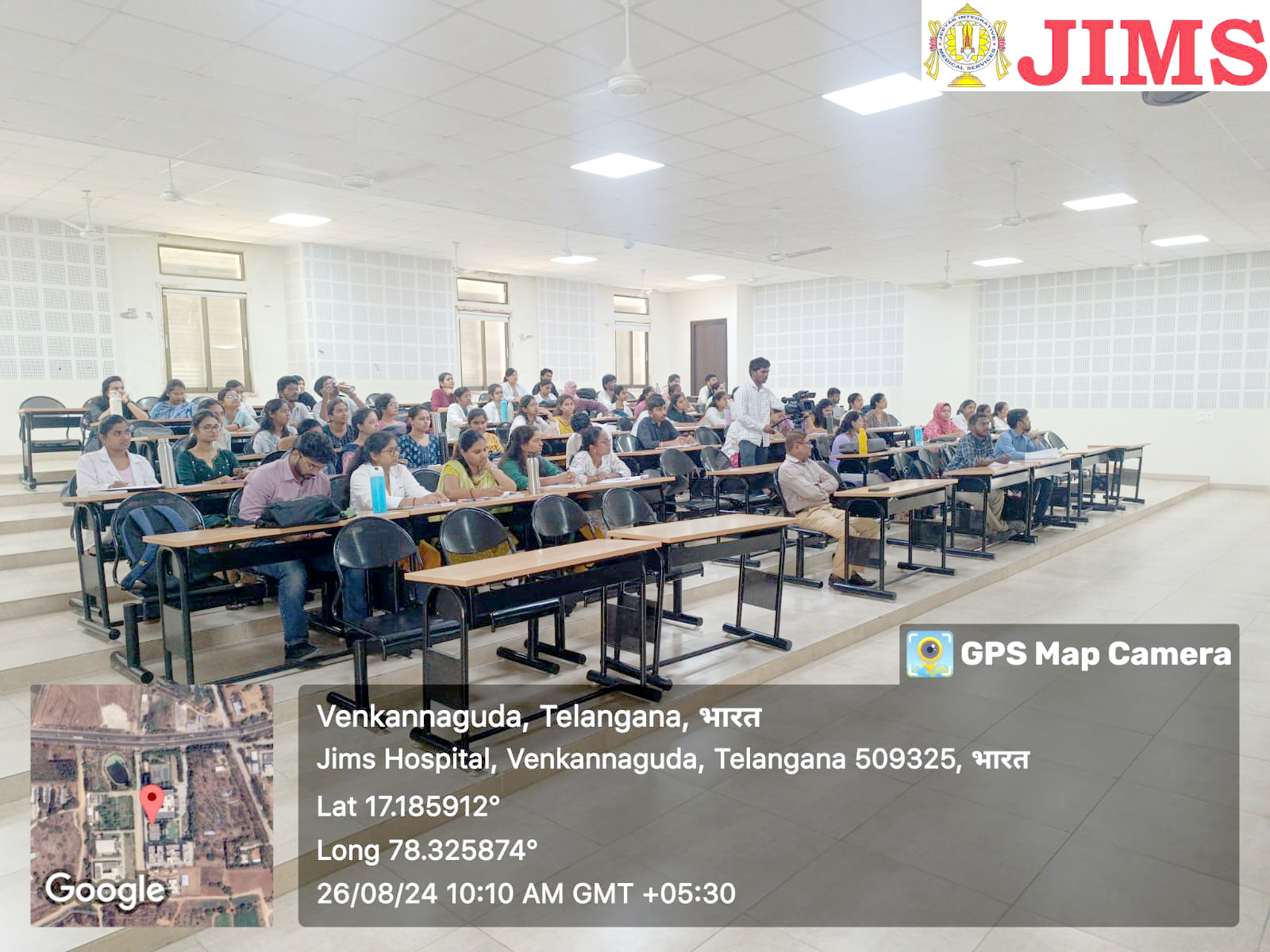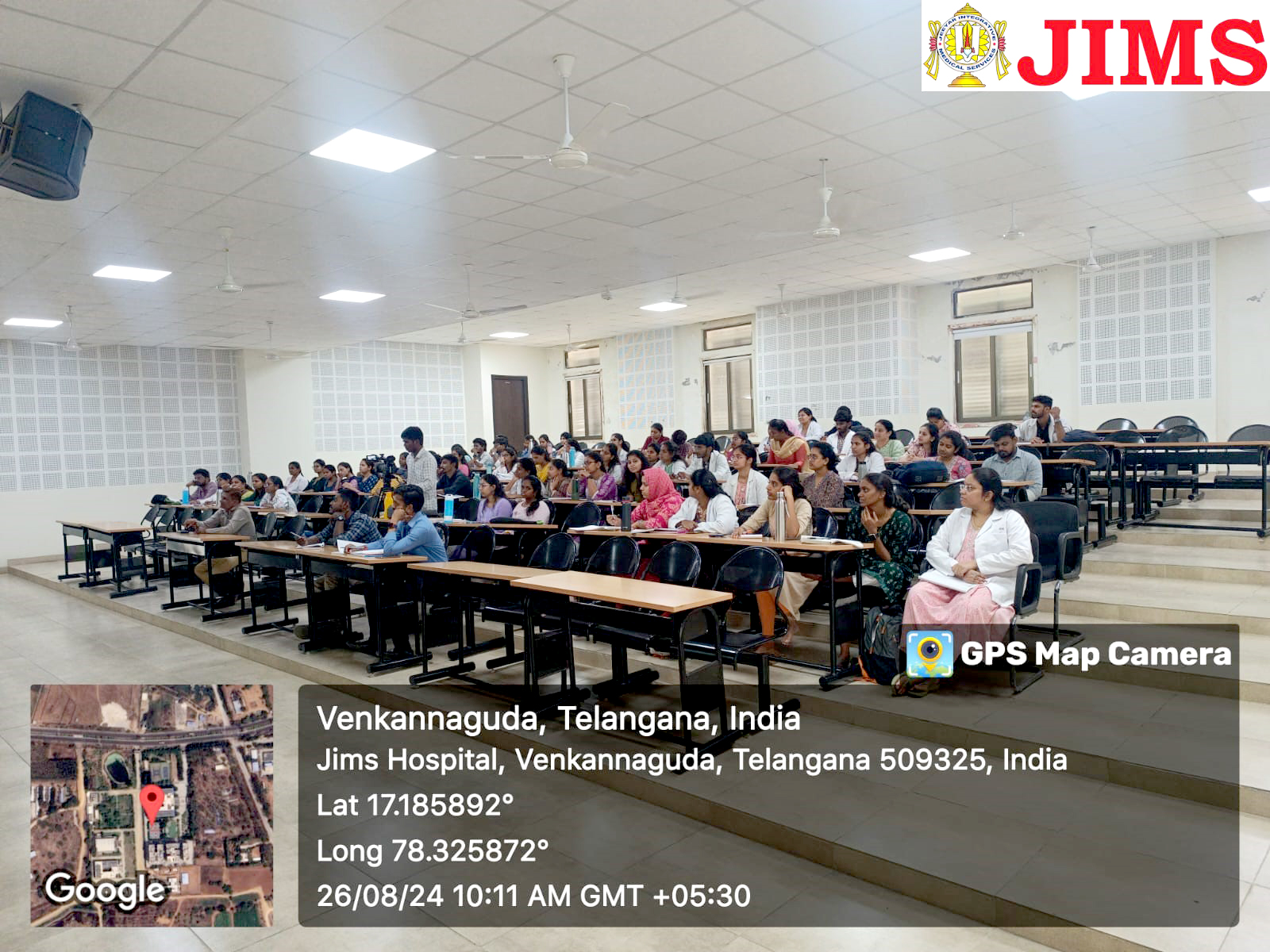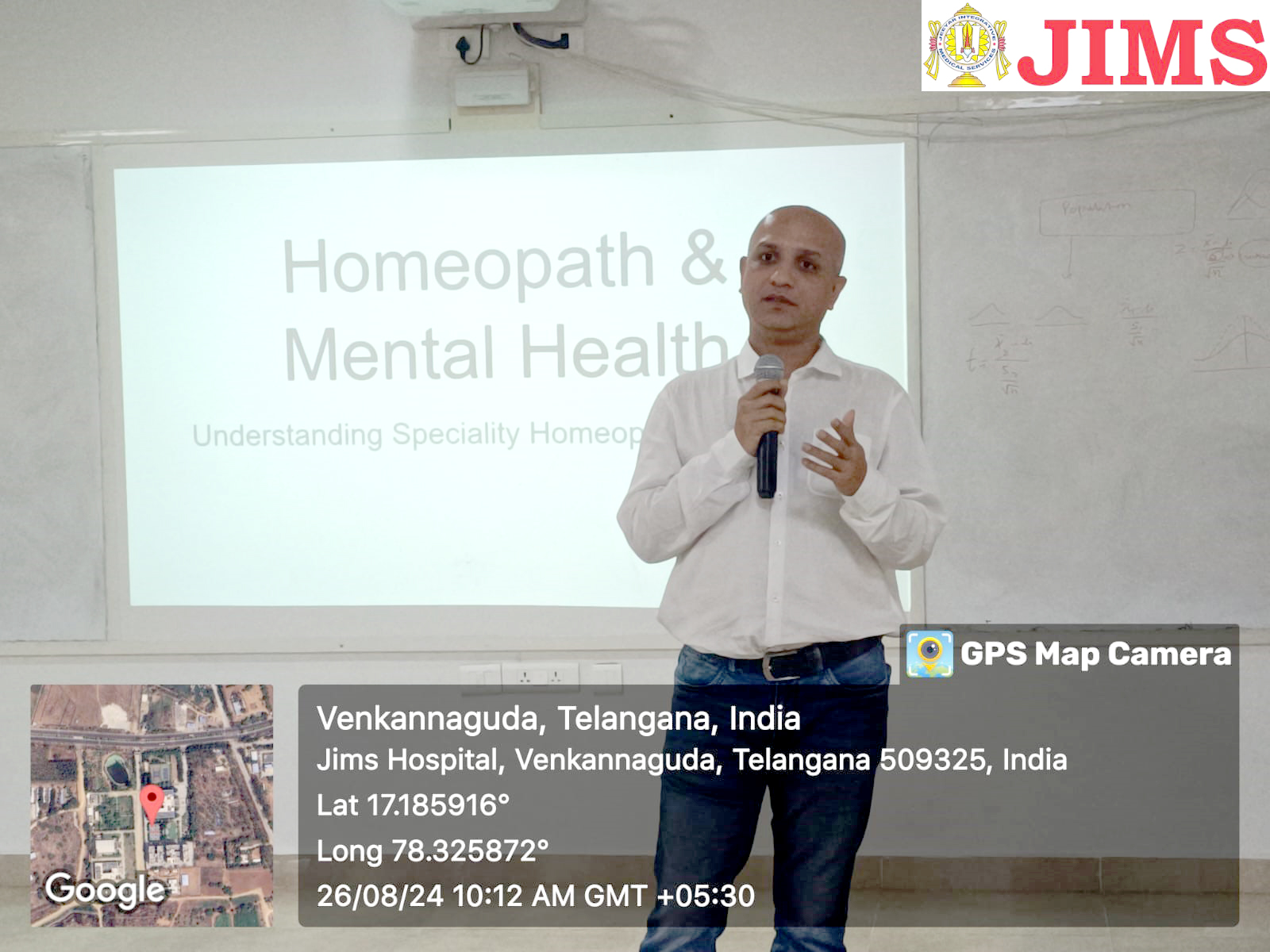Homeopathy, a system of medicine founded on the principles of treating “like with like,” relies heavily on the concept of individualization. At the heart of this practice is repertorisation, a critical process that helps practitioners identify the most appropriate remedy for a patient’s unique symptoms. This blog delves into the essence of repertorisation, offering insights into its significance, methodology, and practical application in homeopathic practice.
What is Repertorisation?
Repertorisation is a systematic method used to match a patient’s symptoms with the most suitable homeopathic remedy. The process involves the use of a repertory—a comprehensive reference book or software containing a categorized list of symptoms and their corresponding remedies. By analyzing the patient’s symptoms and comparing them with the repertory, homeopaths can narrow down the list of potential remedies and select the most fitting one.
The Importance of Repertorisation
Individualization:
Homeopathy emphasizes treating the individual as a whole rather than merely addressing isolated symptoms. Repertorisation aids in this by considering the complete symptom picture of the patient, including physical, emotional, and mental aspects.
Precision:
It enhances the precision of remedy selection. Instead of relying solely on intuition or experience, repertorisation provides a structured and methodical approach to remedy selection.
Documentation and Tracking:
It allows practitioners to document their thought process and track the progress of treatment, providing a clearer rationale for remedy choice and adjustments.
The Repertorisation Process
Case Taking:
The first step is a thorough case taking, where the homeopath collects detailed information about the patient’s symptoms, including their nature, modalities (factors that worsen or improve symptoms), and any concomitant symptoms.
Symptom Analysis:
The symptoms are then analyzed and categorized. Symptoms are often divided into general, mental, and physical categories. Each symptom is further detailed to capture its specificity and uniqueness.
Selecting the Repertory:
Choose an appropriate repertory based on the nature of the symptoms. Different repertories might focus on various aspects of symptoms, so selecting one that aligns with the patient’s presentation is crucial.
Repertorisation:
Input the symptoms into the repertory, either manually or using software tools. The repertory will generate a list of remedies that correspond to the symptoms. This step might involve analyzing the rubrics (categories of symptoms) and assessing the remedy’s relevance.
Evaluating Remedies:
The next step is to evaluate the remedies suggested by the repertorisation process. This involves considering the totality of symptoms, including any unique or rare symptoms that might point to a specific remedy.
Selecting the Remedy:
Based on the analysis, select the remedy that best matches the overall symptom picture. It’s essential to choose a remedy that resonates with the patient’s total experience rather than just the dominant symptoms.
Monitoring and Adjusting:
After administering the remedy, monitor the patient’s response and adjust the remedy if necessary. Repertorisation is not a one-time process but rather a dynamic tool that can be revisited as the patient’s condition evolves.
Tips for Effective Repertorisation:
Thorough Case Taking: The accuracy of repertorisation is directly related to the quality of the case taking. Ensure you capture all relevant details and nuances of the patient’s symptoms.
Understand the Repertory:
Familiarize yourself with the structure and contents of the repertory you’re using. Knowing how to navigate and interpret the repertory is crucial for effective repertorisation.
Use Technology Wisely:
Modern software tools can significantly aid in repertorisation by providing comprehensive analyses and suggestions. However, always combine technological outputs with your clinical judgment and experience.
Continuous Learning:
Stay updated with advancements in repertorisation techniques and remedies. Regularly review and refine your skills to enhance your practice.
Collaboration:
Discuss complex cases with peers or mentors. Collaborative input can offer new perspectives and improve the repertorisation process.
Conclusion:
Repertorisation is a cornerstone of homeopathic practice that bridges the gap between the patient’s symptoms and the selection of an appropriate remedy. Mastery of this technique enhances the precision and effectiveness of homeopathic treatment, ensuring that each patient receives personalized and targeted care. By understanding and applying repertorisation diligently, homeopaths can uphold the principles of individualized treatment and achieve better outcomes in their practice.
By Dr.Vishal Deshpande
Professor and Hod dept.of case taking &Repertory.

